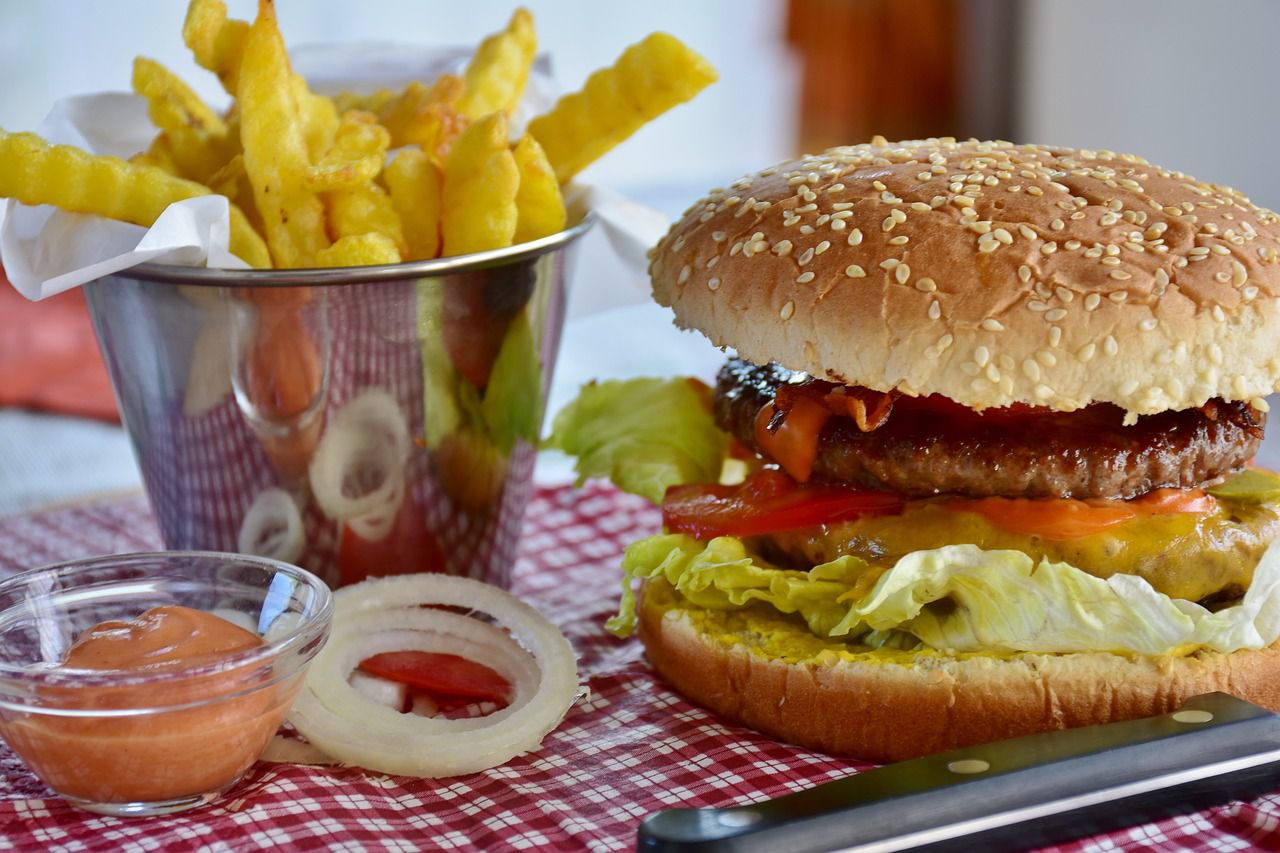For food policies like taxes, defining "junk food" is a bit tricky.
It's not just about whether a food is sweet or salty; it also depends on factors like how it's made and what's in it.
Researchers looked at U.S. food policies over 30 years to figure this out.

What is "junk food"
Junk food is often thought of as snacks and desserts that aren't very healthy.
Surprisingly, it makes up 15% of all the calories Americans eat.
One example where we need to define junk food is for a junk food tax.
This tax raises the price of unhealthy foods to make people eat less of them and use the money for health programs.
Other countries have successfully used these taxes.
The challenge is that there's no one way to define junk food for these policies.
Policies looked at categories (like candy or chips), how food is made, where it's sold, nutrients (like sugar or fat), and serving size.
Research results
Two main ideas came out of this research.
First, they saw that policies often separated foods into staple (important) and non-staple (less important) categories.
For example, bread was seen as staple, while sweets and chips were non-staple.
Second, policies often used a combination of factors, like how processed a food is and what nutrients it has, to decide if it should be regulated.
Surprisingly, no state laws asked health experts to define the taxed foods.
This is different from federal laws, which often do this. States could consider using this approach.
The researchers also suggested that it's better to have excise taxes, paid by companies, instead of sales taxes paid by consumers.
In the end, the goal is not only to steer people away from unhealthy foods but also to encourage companies to make healthier options for all of us.













